Devil May Cry and Ninja Gaiden: The Two Extremes of the Hack-and-Slash Genre
Take your pick of these hack-and-slash franchises

During the early 2000s, one of the genres of games that saw an increase in popularity was the hack-and-slash. The release of 2001's Devil May Cry for the PS2 marked the beginning of a resurgence in the genre, and the start of a franchise, considered by many as one of the faces of the style.
Devil May Cry's success saw other developers creating hack-and-slash titles that were released in the following years. Tecmo, well known for its arcade roots and the Dead or Alive series, was one of the companies that tried its hand at the genre, releasing Ninja Gaiden in 2004, considered by many as one of the best hack-and-slash games ever made.
Devil May Cry and Ninja Gaiden are the best examples of the hack-and-slash genre. The franchises have evolved over the years, adapting new gameplay elements and bringing to the table new possibilities for gaming itself. One incentivized stylishness and combos, while the other incentivized mastering of its combat system and surpassing one's limits.
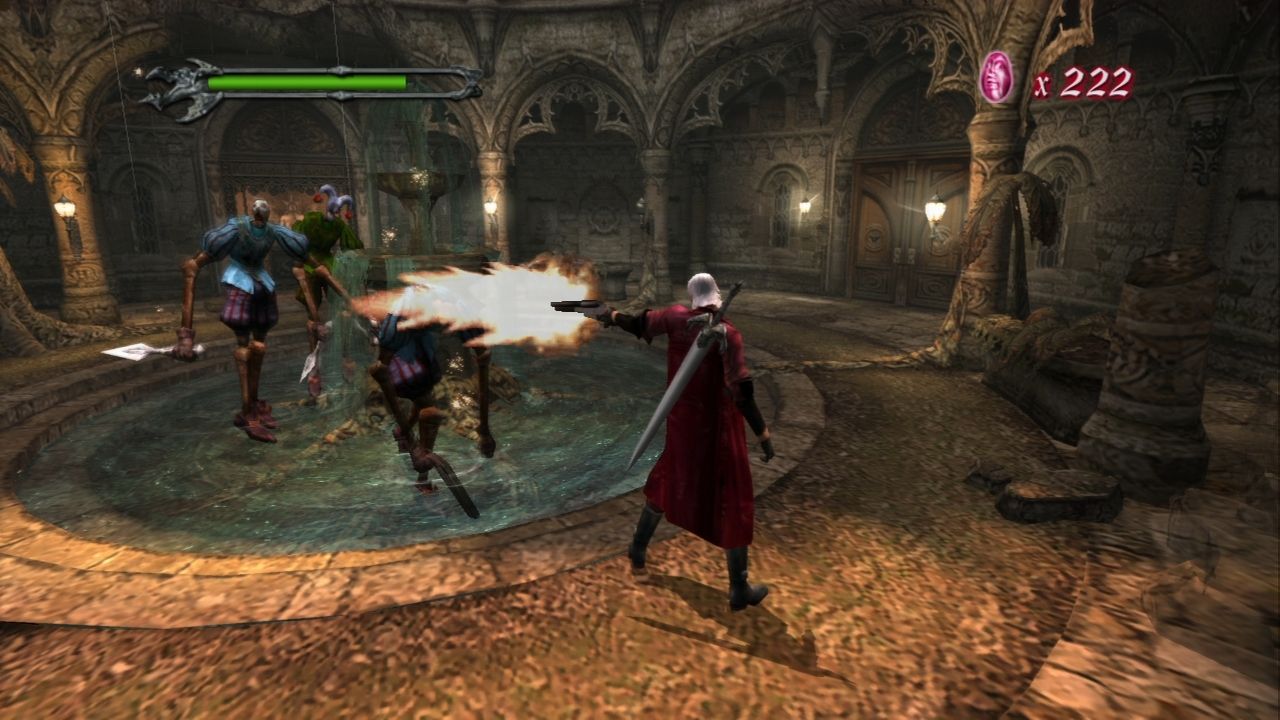
Crazy wahoo pizza man adventures
Devil May Cry has one of the most famous histories of development in the gaming industry. Starting life as a prototype version of Resident Evil 4, the game was considered too action-heavy for series creator Shinji Mikami and reworked into a new title. The first game in the DMC series still had a lot of its RE origins, and with a mix of other ideas, it brought players a fresh experience.
The game director was Hideki Kamiya, returning to the director seat after Resident Evil 2, a critically acclaimed entry in the series that brought RE to a more action-focused point. Because Devil May Cry was a new title without any relation to any other franchise, Kamiya brought his own experiences to the game, with setpieces reminiscent of arcade games that he had played in his younger days.
Although the first DMC was a success enough to create a franchise, Kamiya's involvement with the series ended right there. For DMC2, Capcom chose to put a new team in charge of the development, and the result ended up in a game that many considered to be one of the worst ever made. Still, the game brought some good additions to the franchise: A second playable protagonist, a proto version of the style system, and most importantly, Hideaki Itsuno as director.
Itsuno had worked at Capcom since the middle 90s at that point, and was known for being the creator of Rival Schools, one of the first 3D fighting games developed by the company. Itsuno had finished the production of Capcom VS SNK 2 when Capcom asked him to join the DMC2 team to help them complete the game, which was going through a troublesome development time.
Although Itsuno did his best to deliver a playable game, DMC2 had too many problems in its development to be as good as its predecessor. The director wasn't happy with the final result and asked Capcom to let him helm the creation of DMC3. The company allowed it, and Itsuno delivered what is considered by many as one of the best hack-and-slash titles ever made, with fun and challenging gameplay and a memorable narrative.
Itsuno became responsible for DMC at this point, later leading the team to create both DMC4, which had its problems during development, and DMC V, the revival of the series. The director's influence in the series made the games develop in a new way, focusing on exploring Dante's stylish gameplay and adding new characters incorporated into the formula.
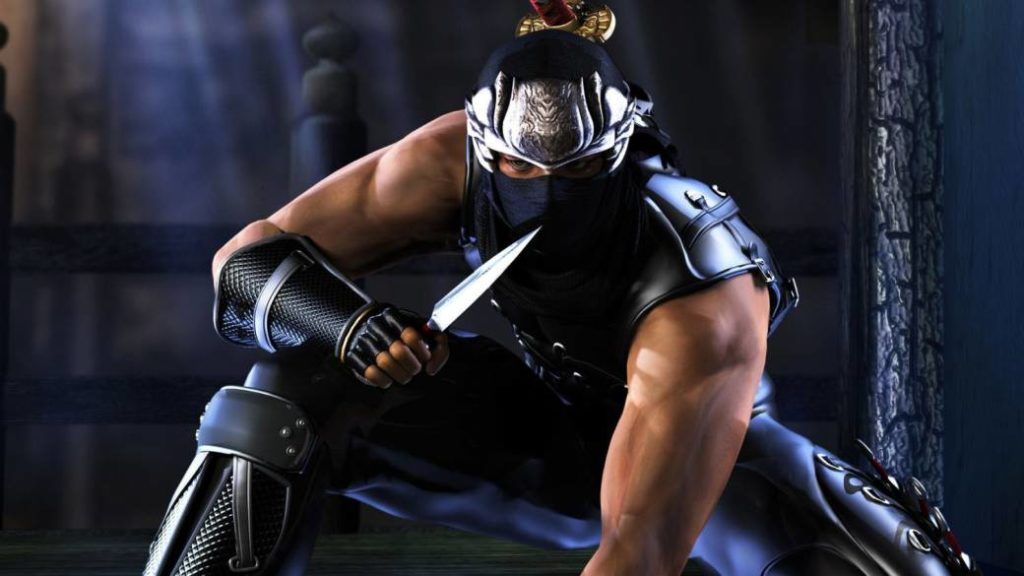
The Ninja of few words
While Devil May Cry was a success for Capcom and the PlayStation 2, the newly released Xbox was about to receive its Hack-and-slash title. Ninja Gaiden was developed by Tecmo’s Team Ninja, with Tomonobu Itagaki at the helm of development. The game brought action and a steep difficulty curve to the Microsoft console.
Tomonobu Itagaki is one of the weirdest game developers out there. A bit of a rockstar, he joined Tecmo during the early 90s and was mentored by Yoshiaki Inose, who worked on the Ninja Gaiden NES trilogy. Itagaki's rise to fame came when he helped Tecmo solve its financial troubles with the release of Dead or Alive, a 3D fighting game with voluptuous fighters and hard-to-master combat.
The success of DOA and its sequel, DOA 2, elevated Itagaki's status inside Tecmo. When the company decided to revive Ninja Gaiden, the studio under Tomonobu, Team Ninja, was chosen to bring the classic game to a modern standard. The developers sought to adapt the hardcore difficulty the original games were known for to a new gameplay style that could utilize 3D stages and multiple weapons styles.
The result was Ninja Gaiden. Released in 2004, the game was a success and introduced a new generation of players to the adventures of Ryu Hayabusa. The super ninja went on a journey with challenges that offered a rich combat system that punished those who didn't adapt to the situation. It's a well-known story that when Ninja Gaiden was in the playtest stage, the players complained about the difficulty. Itagaki's answer was to increase the challenge even more.
As a perfectionist and a hard-to-challenge man, Itagaki always tried to improve the studio's games after release to deliver an ultimate experience to the fans. Ninja Gaiden Black, released in 2005 for the original Xbox, works as an updated version of the 2004 title. The gameplay was tweaked, new additions were made, and some changes to the graphics happened.
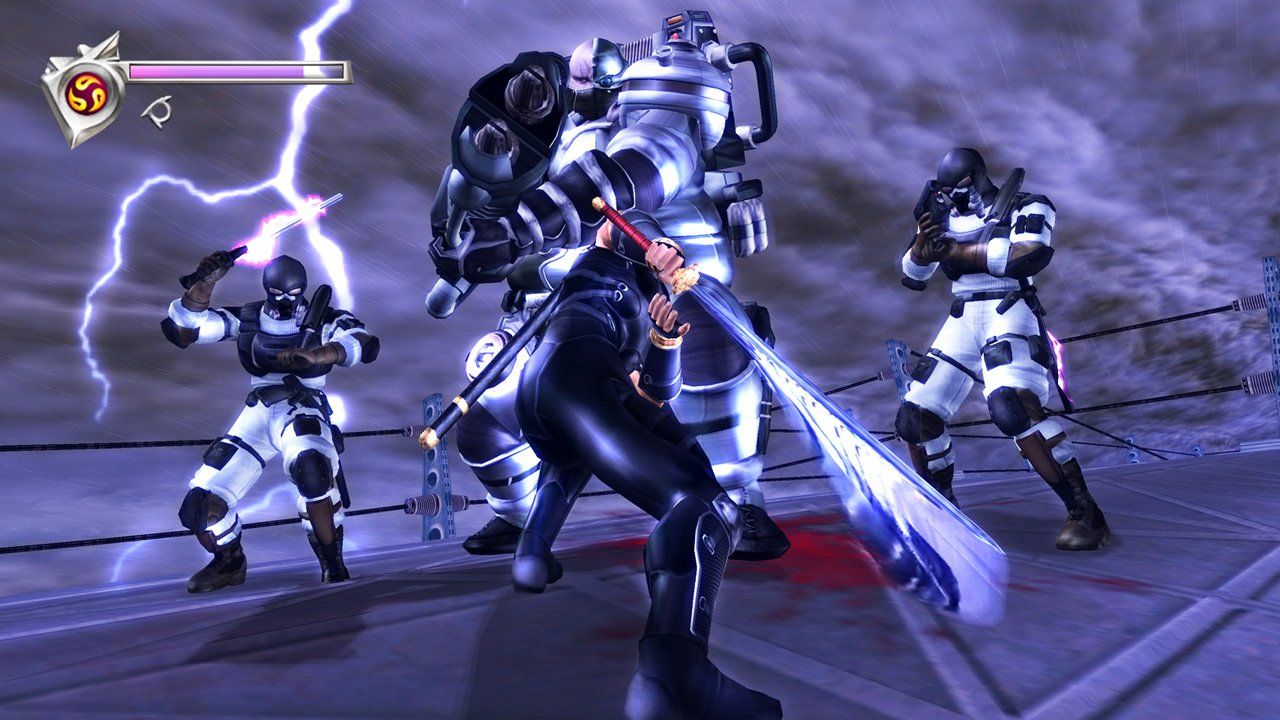
Black is considered by many to be one of the best hack-and-slash games ever released. Unfortunately, the title is locked into the Xbox family. This is because, in 2007, Ninja Gaiden received a new version on the PS3. Named Ninja Gaiden Sigma, the edition brings new graphics and changes to the gameplay that make many fans hate it. Unlike Black, however, this version was made by the B team of Team Ninja, and Itagaki made sure in an interview that people knew he wasn't involved with it. Sigma also received a port for the Vita years later, named Sigma Plus, bringing the ninja action to the portable. This last version is the one used as a basis for the collection released last year.
Unlike Kamiya, Itagaki worked on two other sequels to his first hack-and-slash. Ninja Gaiden Dragon Sword, developed for the Nintendo DS, was made as a favor to Itagaki's daughter. Meanwhile, Ninja Gaiden 2 was the true sequel, released on the Xbox 360, and it brought the action and gameplay of the original to new heights. Using all the power of the new platform, Team Ninja raised the difficulty and added an extra focus on the violence, with attacks that remove limbs from the enemies and too much blood. Ninja Gaiden 2 was also infamous for how badly it ran. Too many enemies on the screen and particle effects made for an experience that usually dips to lower fps than it should be.
Itagaki left Tecmo after Ninja Gaiden 2's production. As such, the two next titles, the Sigma version of 2 and Ninja Gaiden 3, were made without his involvement. The third installment of the series was a different experience, trying to be more in line with the cinematic experience that was the rage during the 2010s. The game got a re-release with Razor Edge that tried to fix some of its problems, but it wasn't enough.
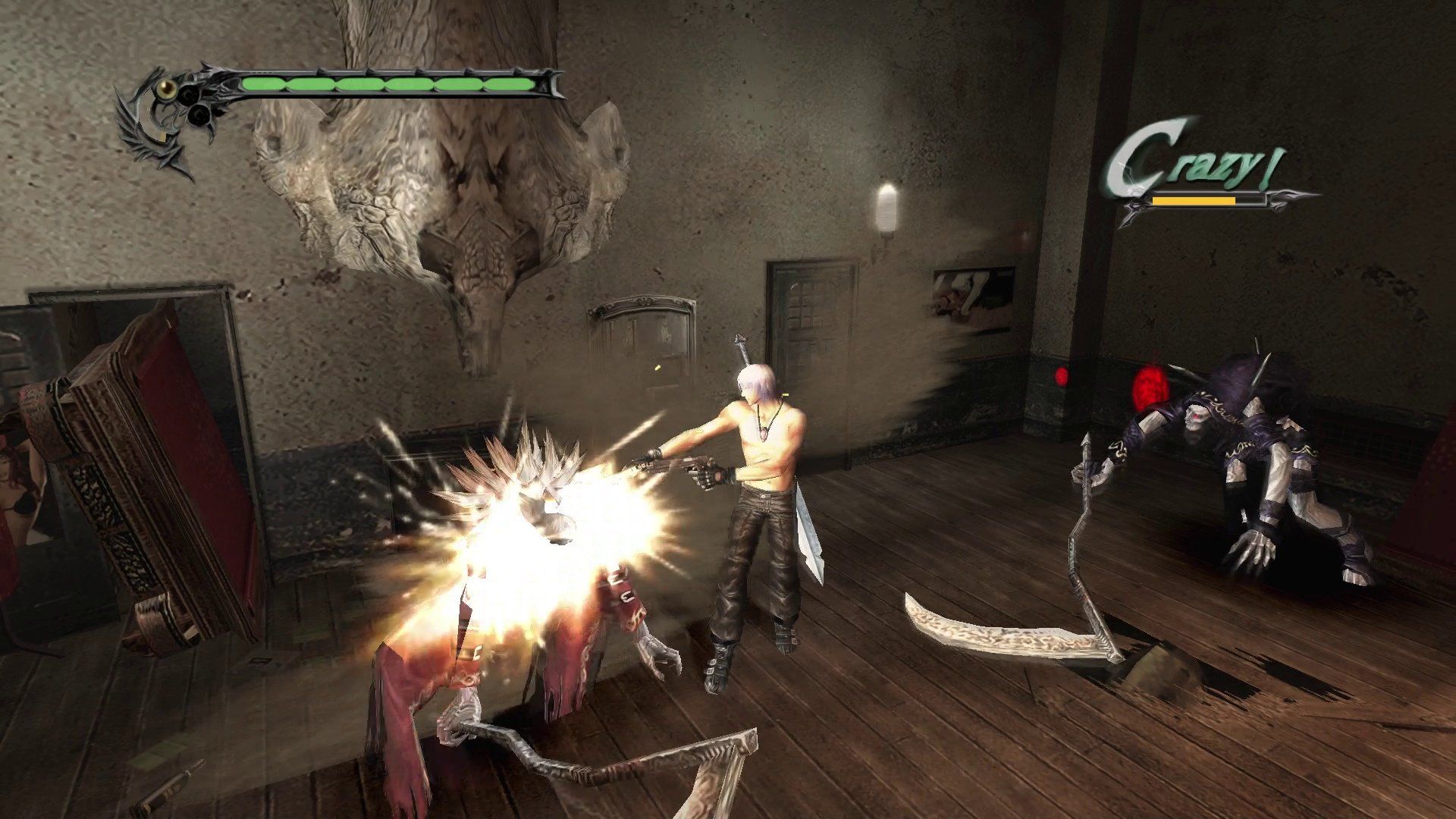
Style vs punishment
While at their cores both Devil May Cry and Ninja Gaiden have similarities, the way they tried to make players better is vastly different. In DMC, players are incentivized to know the gameplay mechanics by introducing the style system. Each new attack realized by Dante makes a small bar fill up in the corner of the screen, showing some words that work as a way to show players how good they are doing.
Although it's possible to spam the same attack over and over, the way the style system works is that combining different attacks helps the rank increase faster than just repeating the same attack. It's in players' best interest to rack up a good score, as a high Style rank rewards better red orbs, the currency of the DMC series, rewarded at the end of the level.
To help players learn what works, the enemies in Devil May Cry are more static than in other games. While the player can be punished if they make a mistake, most of the time enemies don’t offer much of a challenge, especially when the full arsenal is available and the movelist is unlocked.
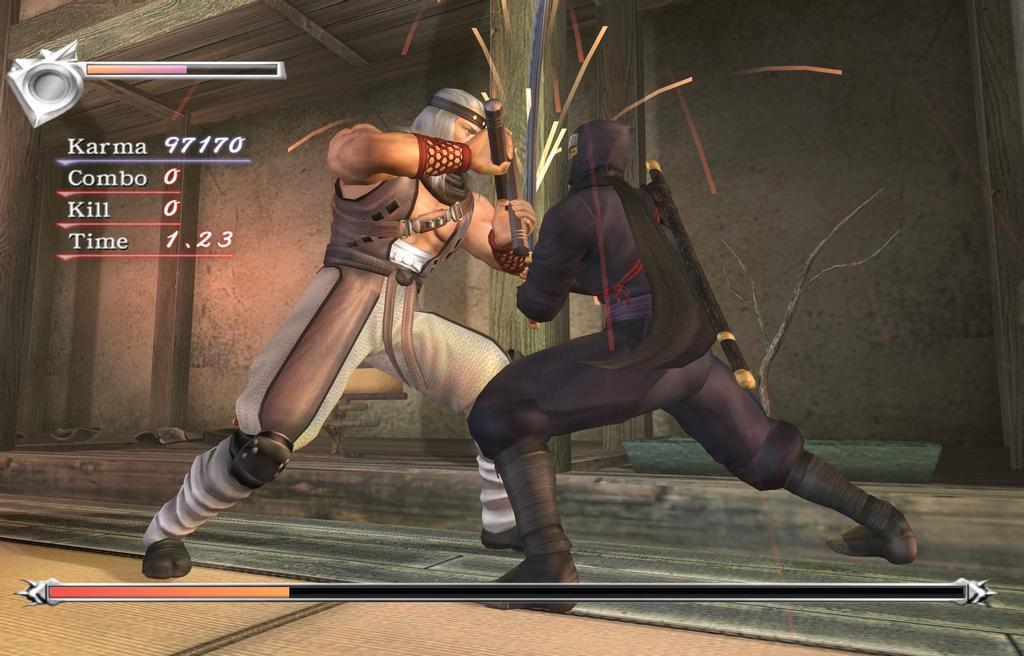
Ninja Gaiden takes a different approach to make players get better. The game offers a hard but fair challenge where it will test players' reflexes and memorization skills to survive the horde of enemies that will appear in their way. Ryu Hayabusa has more mobility than Dante, and the super ninja can utilize the terrain in his favor during combat.
Enemies in Ninja Gaiden are super aggressive, always trying to attack the players and exploring any weaknesses that can exist. Ryu can guard against attacks, but keeping the defense can invite enemies to perform grab attacks instead. The game incentivizes an aggressive style of gameplay, abusing the I-frames some attacks offer to kill enemies fast.
Players learning from their mistakes was one of Itagaki's main goals while creating the first Ninja Gaiden game. Like a true ninja, mastering the basics and perseverance are the key components of becoming a master in an NG game. The games also have bonuses available on the harder difficulty, such as new enemies, which incentivize the quest to become a true ninja.
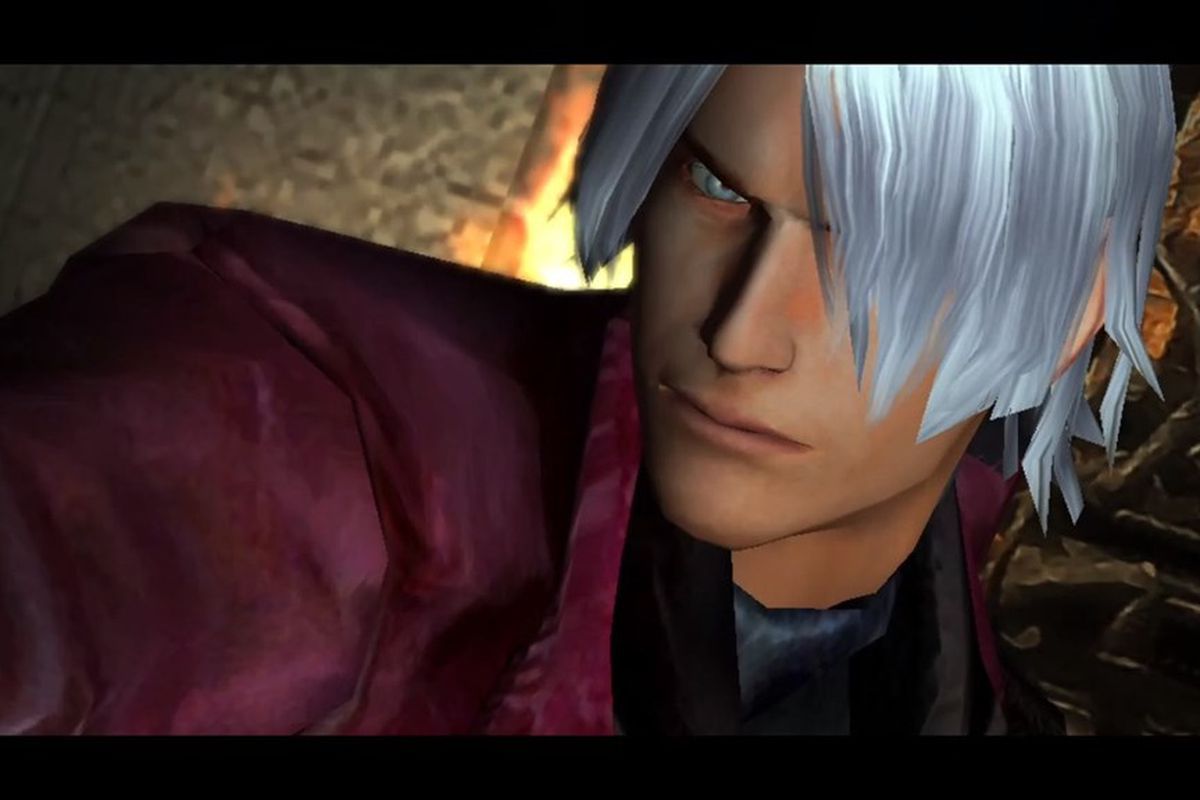
Two protagonists, two ways to approach it
While the hack-and-slash genre is most known for its gameplay full of action, the protagonist and their support cast are key elements of the games. Titles like Bayonetta and Metal Gear Rising are well remembered today thanks to their character's charming personalities.
Dante was the first hack-and-slash protagonist that showed off a personality that took him to a spot as one of the most memorable characters in gaming history. Being cocky and never taking anything seriously, the devil hunter is one of the jewels of the series, remembered for the quips and actions he takes during the various games in the franchise.
Capcom also did an excellent job with the narrative of the series. Except for DMC2 and 4, which focused on its other main characters, Lucia and Nero, respectively, the story of the DMC series is about Dante growing as a person and maturing into the protector of humanity. Many fans remember the character by the interactions Dante has with his enemies, or his rivalry with his twin brother, Vergil.
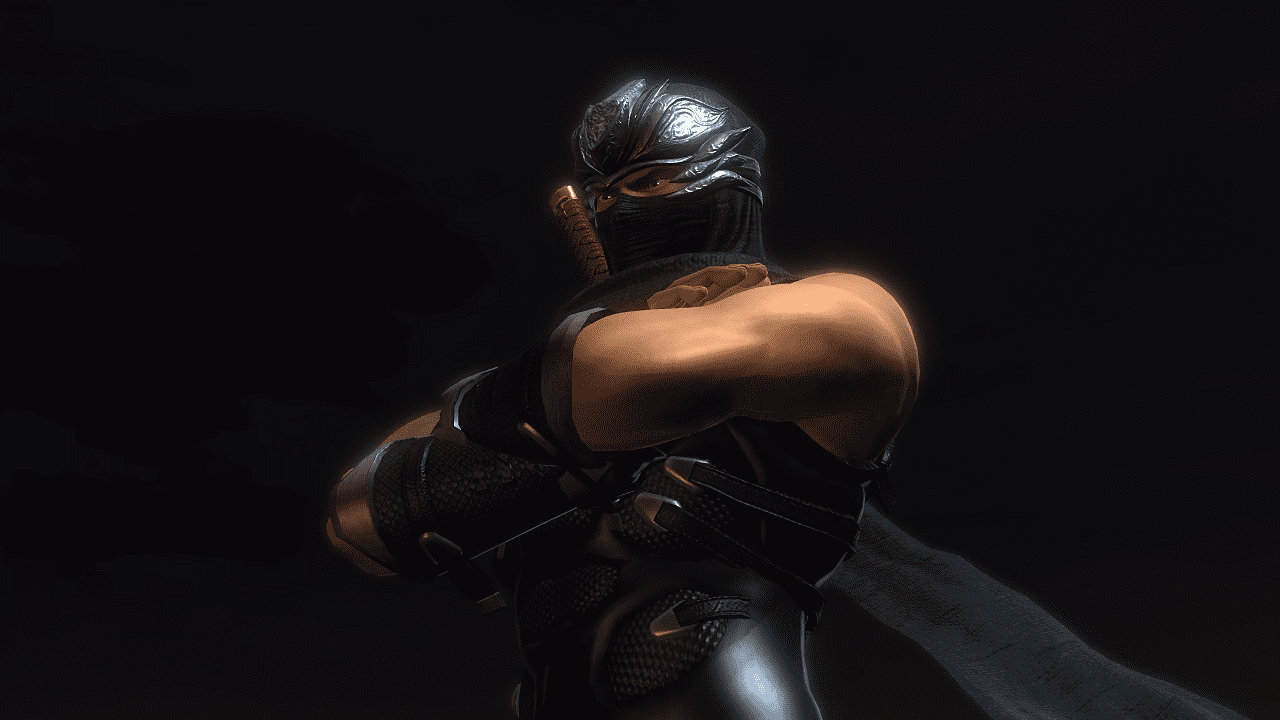
Ryu Hayabusa, meanwhile, is the stereotype of a ninja. Stoic, serious, and right to the point, the character is devoid of a shocking personality. He also has relatively few memorable moments throughout the trilogy. Unlike Dante, the focus with Ryu is to make the player feel like a powerful and unstoppable killing machine something Team Ninja accomplishes with the gameplay.
While Devil May Cry decided to give its narrative room to evolve and shine, Ninja Gaiden's devs tried to focus on the gameplay elements. The two first NG games have almost the same story, with many of their beats being similar. Something ironic, considering how the NES trilogy is responsible for the push of narrative in games that weren’t RPGs.
Of course, this doesn't mean that Ryu is not a memorable protagonist. With his iconic visual and appearance in Dead or Alive, the super ninja is well remembered by fans of the genre and video games in general. It’s just that, in a genre known for its loud and in-your-face protagonists, the ninja is an example of the classic: “show, don’t tell”.
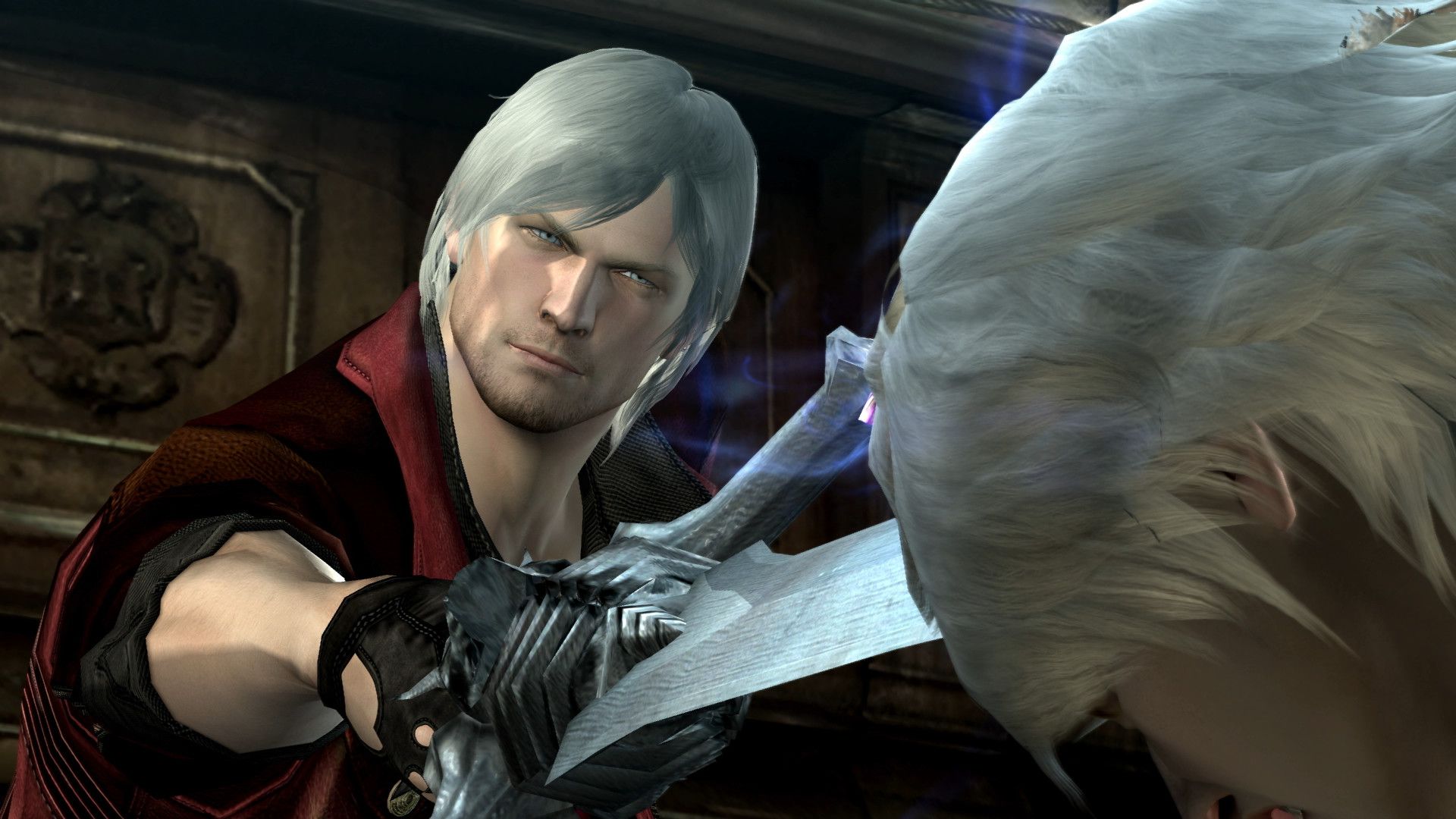
Importance for the future
After the success of both franchises in the middle 2000s, Capcom and Tecmo put the series in a slumbering state for the last few years. Since the release of Devil May Cry 4 in 2008, the DMC series went on to have a critically hated reboot and spent years considered dead till Itsuno revealed DMCV at E3 2018, to the cheers of millions of fans worldwide. The game was released in 2019 to critical acclaim and brought the series back to life.
Meanwhile, after Ninja Gaiden 3: Razor Edge in 2012, the Ninja Gaiden series had a spin-off named Yaiba: Ninja Gaiden Z, made by Keiji Inafune of Mega Man fame, in 2014, and then nothing else. Team Ninja moved on to new franchises, and Tecmo, now Koei Tecmo, only remembered the series when it came to putting Ryu Hayabusa in crossovers. In 2021, the company made a collection of the trilogy for the new platforms, but that's all.

It's a cruel fate for two of the most influential series in the hack-and-slash genre. Devil May Cry's success not only made the genre flourish but also influenced many of its rivals, with the most obvious example being the Bayonetta franchise. Created by Platinum Games, made up of ex-Capcom employees, the adventures of the stylish Bayonetta can be considered a spiritual successor to the first DMC game. It makes sense as both titles were directed by Hideki Kamiya.
Meanwhile, Ninja Gaiden's dedication to offering a challenge for players to surpass is found in other titles developed by Team Ninja, even today. The Nioh series, a soul-like game, is a good example of this, mixing the elements from the Dark Souls series with what the studio learned by making Ninja adventures. The homage is even more obvious with the DLC, where players can face a Hayabusa Ninja as a super boss.
Two of gaming's most well-known franchises, Devil May Cry and Ninja Gaiden are different takes on the same genre. No matter what you are looking for in a hack-and-slash game, you're likely to find it in one of these franchises.